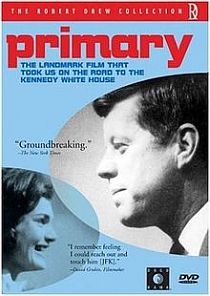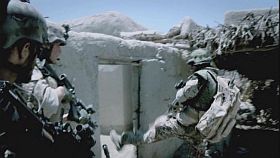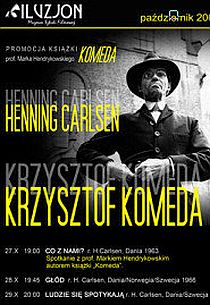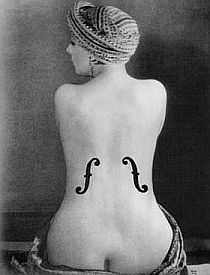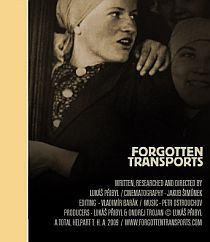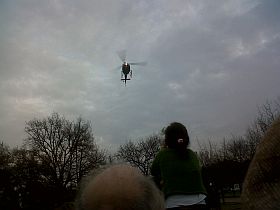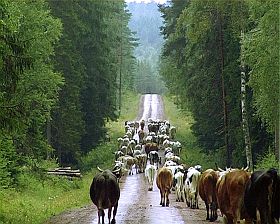


DR2: En helt almindelig ualmindelig familie
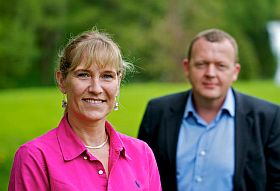
Der er allerede skrevet meget om dette tv-program. Er det rigtigt at sende det nu, hvor en valgkamp er i gang, for det vil kunne gavne statsministerens nyvundne popularitet. Osv. Osv. Her på filmkommentaren vinkles der anderledes. Vi ser ikke alene på hvad , men også på hvordan. Derfor nævner vi som regel i overskriften, hvem der har været instruktør eller tilrettelægger. Det gør vi ikke i dette tilfælde, for der var ingen instruktion eller tilrettelæggelse. Ingen. Krediteringens navn skal ikke frem. Navnebeskyttelse! Fotograferingen var slasket, arkivindslagene var tilfældige, klipningen elendig, der blev hoppet fra sted til sted. Uden idé. Uden struktur. Vi så statsministerens kone og datter blive interviewet, vi så dem rende rundt efter et par hundehvalpe, lave frikadeller, nej, jeg standser her. Det var utåleligt banalt og utåleligt banalt fortalt, klasket sammen er et bedre ord. Lad mig så lige minde om at det banale kan hæves til et kunstnerisk niveau, det har DR selv gjort igen og igen, da der var en DR-Dokumentarafdeling, der turde satse på billedet og billedfortællingen. Med inspiration bl.a. fra de herrer, der stod bag nedenfor nævnte film som ”Primary”.
Jeg har lige læst at Arne Notkin, ansvarlig for DR2, synes at det var en god historie. Jamen, har manden da helt mistet sansen for kvalitet. Eller er han uvidende om tv-dokumentaren, ser han ikke de udmærkede ”Dokumania”er, som bliver bragt på hans kanal. Mediedirektøren Mikael Kamber bør kalde sin kanalchef til kammeratlig samtale.
2011, 25 min. DR2
